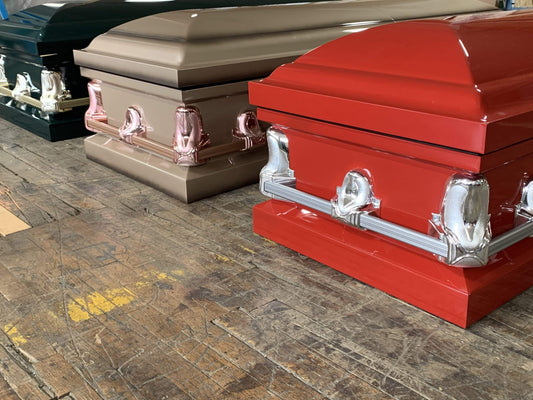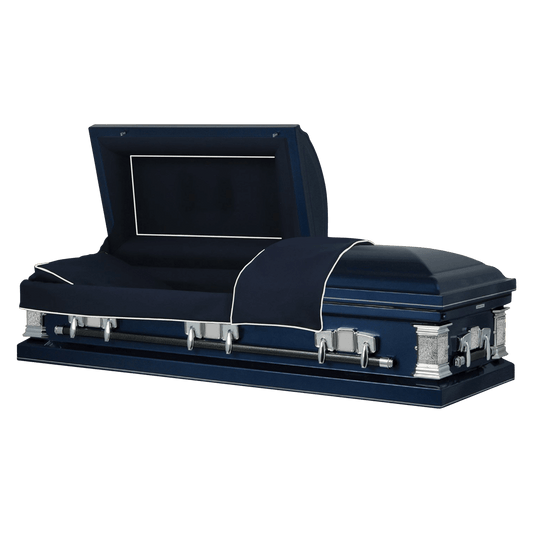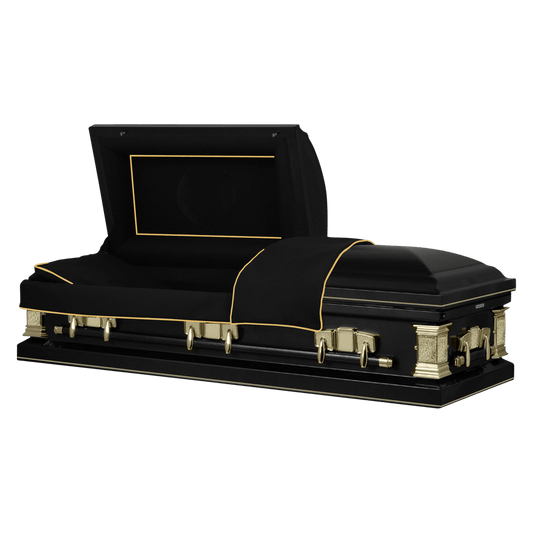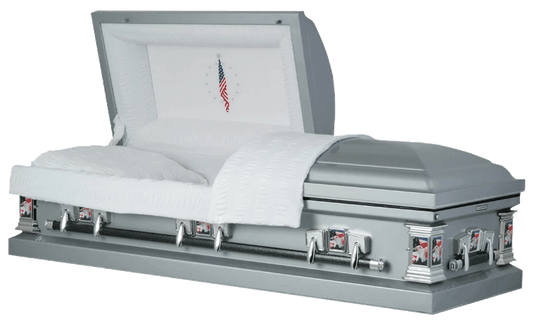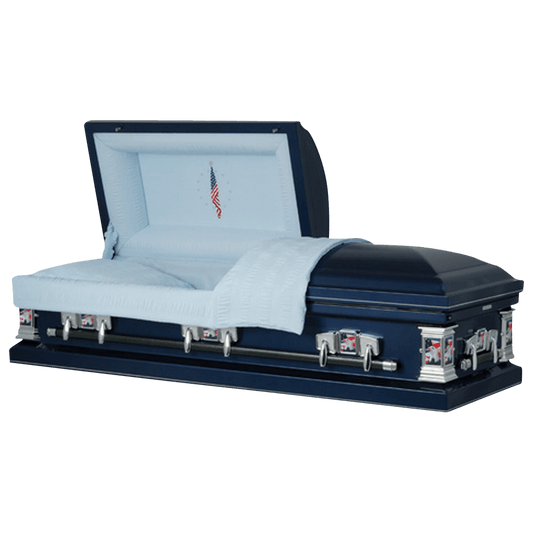Funeral services for members of the Armed Forces (Army, Navy, Marine Corps, Air Force or Coast Guard) offer a way of recognizing the sacrifices that person has made and commemorating their service to the country. While certain traditions are fairly common within military funerals, it’s up to the family of the deceased to decide exactly how they would like to celebrate their loved one’s life. Below are some requirements and suggestions for families to consider as they navigate how to plan a military funeral.
How Do I Know If My Loved One Is Eligible For A Military Funeral?
Before you plan a military funeral, you will need to verify and confirm your loved one’s eligibility to receive military death benefits. A person qualifies if they were on active duty or in the Selected Reserve, or completed at least one term of enlistment or required service. Those who were discharged due to injury or disability or who left the military under anything other than dishonorable conditions are eligible.
The DD 214 form is the official form that verifies a person’s record of military service. You will need to locate or request this form to confirm your loved one’s eligibility.
Let Titan Concierge help you plan with clarity, care, and confidence.
Where Can Members Of The Military Be Buried?
Once you have located or obtained the DD 214 form confirming their eligibility, your next step is to decide where you would like to bury your loved one. According to the U.S. Department of Veterans Affairs (VA), which offers a comprehensive list of resources for families planning a military funeral, most active duty service members, veterans and reservists are eligible for burial within a VA cemetery. There are 136 national cemeteries throughout 40 states and Puerto Rico, as well as 33 soldier’s lots and monument sites. In addition to national cemeteries, many states offer state veteran cemeteries; these cemeteries are similar to national cemeteries in terms of their eligibility requirements, but some also require the deceased to have been a resident of that particular state.
Families who bury their loved one in a VA national or state cemetery are provided with a range of benefits at no cost. These benefits include:
- A gravesite, as well as opening and closing of the grave
- Care of the grave
- A government headstone or marker
- A burial flag
- A Presidential Memorial Certificate (PMC)
Those who decide to cremate their loved ones can bury the deceased’s remains with the same benefits listed above. Spouses and their children are also typically eligible to be buried alongside their loved one in a VA cemetery as well.
In many cases, monetary benefits (called Burial Allowances) are also available; these flat-rate sums of money are automatically dispersed by the VA to eligible surviving spouses upon the death of their loved one, and are designed to assist with funeral expenses.
Of course, you’re not required to bury your loved one at a VA national or state cemetery. Military service members or veterans can be buried in private cemeteries if their families prefer, but the benefits that are available in VA cemeteries will likely not be available to them.
What Is Involved In A Military Funeral?
Once you decide where you would like to bury your loved one, you can now turn to the task of planning the funeral itself. Military funerals differ from standard funerals in several aspects. Specifically, they include what are referred to as Military Funeral Honors, which are special customs that are performed as a sign of respect for the military member who has passed away.
Common Military Funeral Honors include an Honor Guard detail, which consists of at least two members of the Armed Forces (one of whom must be a member of the branch of the military as the departed). The Honor Guard usually performs a ceremonial three-volley salute, which involves firing blank rifle cartridges in the air three times. (Note that this is different from the 21-gun salute, which is generally reserved only for heads of state.)
Additionally, the coffin or casket is draped with the U.S. flag, and the “Taps” hymn is played either by a bugler or via a recording. After “Taps” has been played, a member of the deceased’s branch of the military will fold the U.S. flag into the shape of a triangle and hand it to the loved one’s spouse or next of kin (sometimes with the cartridges from the aforementioned rifle volley tucked into it).
The best way to arrange for Military Funeral Honors at your loved one’s funeral is to speak with your funeral director or to visit the Military Funeral Honors Directory, which offers resources and points of contact specific to each state. Do you have additional questions about military funerals? Titan Casket is here to provide all the answers you need.
At Titan, families can find nominal, high-quality caskets and urns with full customization options. And with Titan Concierge, you get personalized planning services designed to fit your budget and priorities. Our goal is to take the stress out of planning so you can focus on what truly matters, honoring your loved one’s memory.
Contact for free expert advice at Titan Concierge today to learn how we can help you save money while planning a dignified farewell.

![Upgrade to Premium Weight [18-gauge steel]](http://titancasket.com/cdn/shop/products/casketthicknesswithnumbers.png?v=1680642906&width=533)
